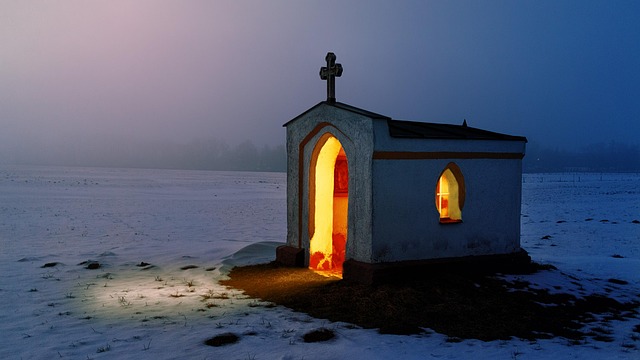The chapel holds a sacred place in the hearts of many, serving as a refuge for contemplation and a space for communal worship. Throughout history, chapels have transcended their architectural boundaries, becoming symbols of faith that resonate deeply within religious practices across various cultures and traditions. These intimate spaces not only house spiritual rituals but also foster a sense of belonging among those who share similar beliefs.
In many religious communities, the chapel represents more than just a building; it embodies a spiritual connection that enhances the worship experience. Within its walls, ceremonies—be it the solemnity of rites, the joy of celebrations, or the warmth of prayers—take on a profound significance. This intimate setting encourages individuality while simultaneously nurturing a collective identity among congregants.
The architectural design of chapels often contributes to their sacred ambiance. From stained glass windows that cast vibrant colors onto prayerful faces to the acoustics that amplify the sound of hymns, every detail is crafted to enhance the spiritual experience. This transcendental atmosphere invites worshippers to retreat from the chaos of daily life, allowing them to connect with the divine in a more personal and engaging manner.
Chapel services vary widely among religions, embracing diverse traditions that reflect the core beliefs of their communities. In Christianity, chapels often host Eucharistic celebrations, confessions, and prayer meetings, each serving to reinforce the faith of its members. Conversely, in other faiths, chapels may serve as spaces for meditation, community gatherings, or even educational pursuits, showcasing the versatility and significance of these sacred spaces.
The role of the chapel in religious practices extends beyond mere gatherings; it also plays a pivotal role in life’s most significant moments. Many people seek the solace of a chapel during times of grief, using the space to honor loved ones and find comfort within their faith. Likewise, joyous occasions, such as weddings and baptisms, are often held in chapels, marking pivotal moments in life’s spiritual journey that are steeped in tradition.
In an era where technology often dominates, the timelessness of the chapel serves as a gentle reminder of the importance of community and faith. As societies evolve, these sacred spaces continue to provide an anchor, encouraging spiritual reflection and fostering connections among individuals. The experience of entering a chapel can evoke feelings of serenity and inspiration, bridging the gap between the earthly and the divine.
In conclusion, as we explore the intricate relationship between chapels and religious practices, it becomes evident that these spaces are imbued with deep meaning and significance. They stand as testaments to the rich tapestry of faith that weaves through cultures, offering individuals a sacred haven where they can cultivate their spiritual lives and share in the warmth of collective worship.




